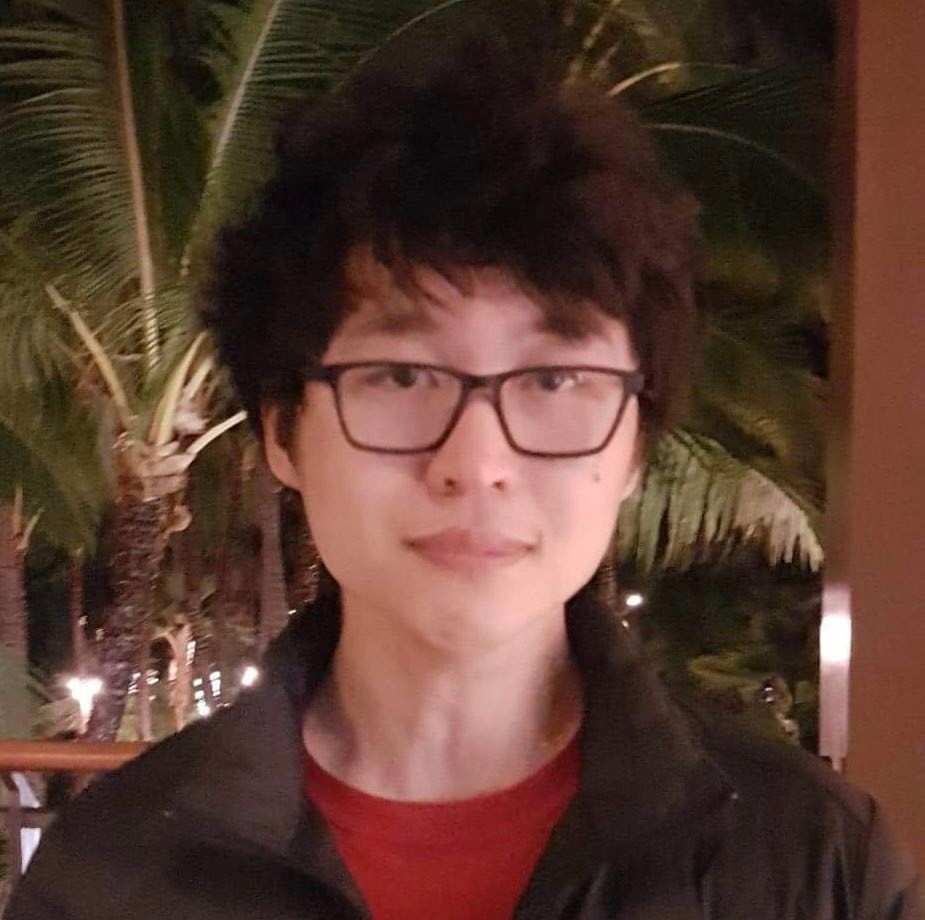Generalizable Neural Fields as Partially Observed Neural Processes
Published in International Conference on Computer Vision (ICCV), 2023
Neural processes outperform gradient-based meta-learning and other methods for neural field generalization.
Recommended citation: Gu, Jeffrey, Kuan-Chieh Wang, and Serena Yeung. "Generalizable Neural Fields as Partially Observed Neural Processes." arXiv preprint arXiv:2309.06660 (2023). https://arxiv.org/pdf/2309.06660.pdf
